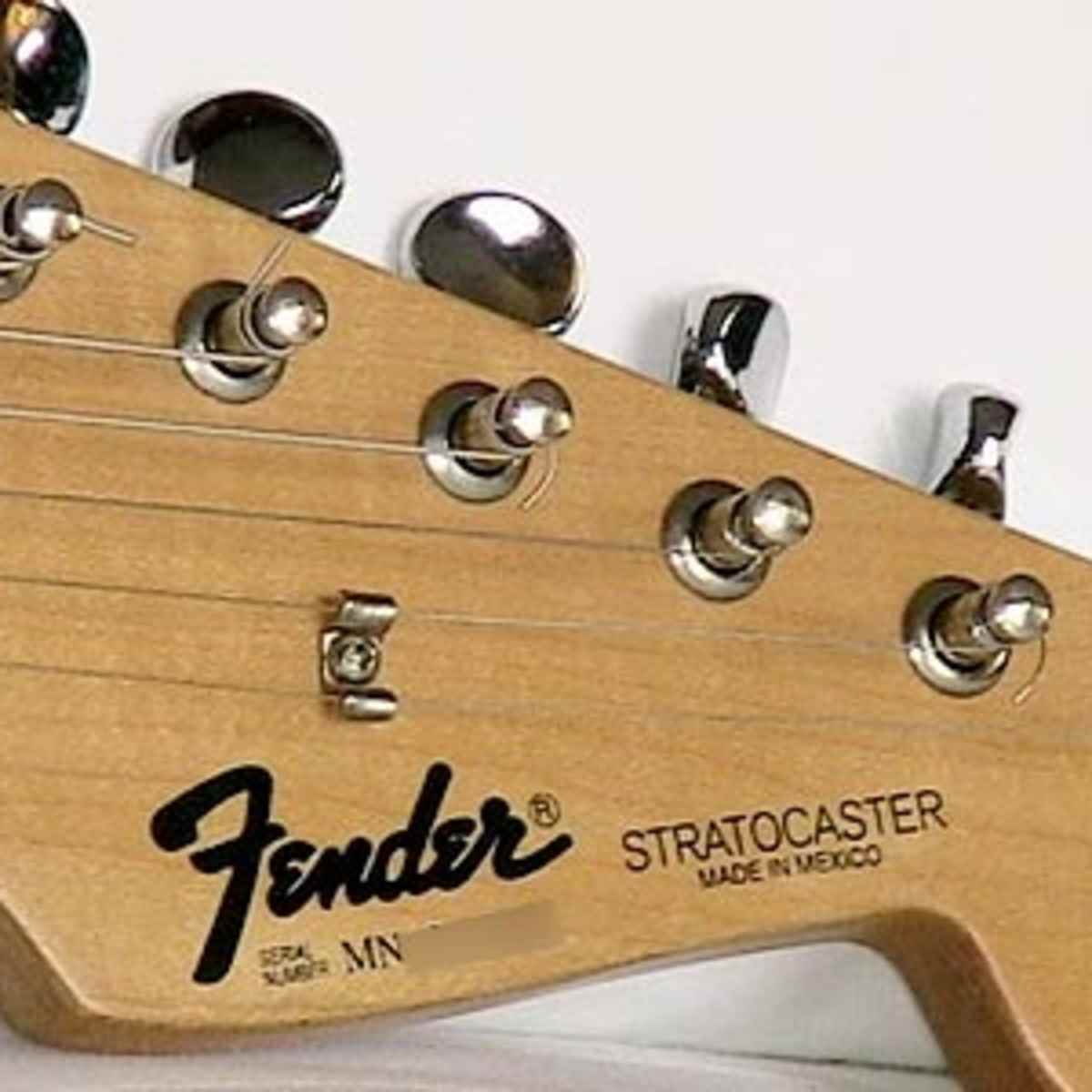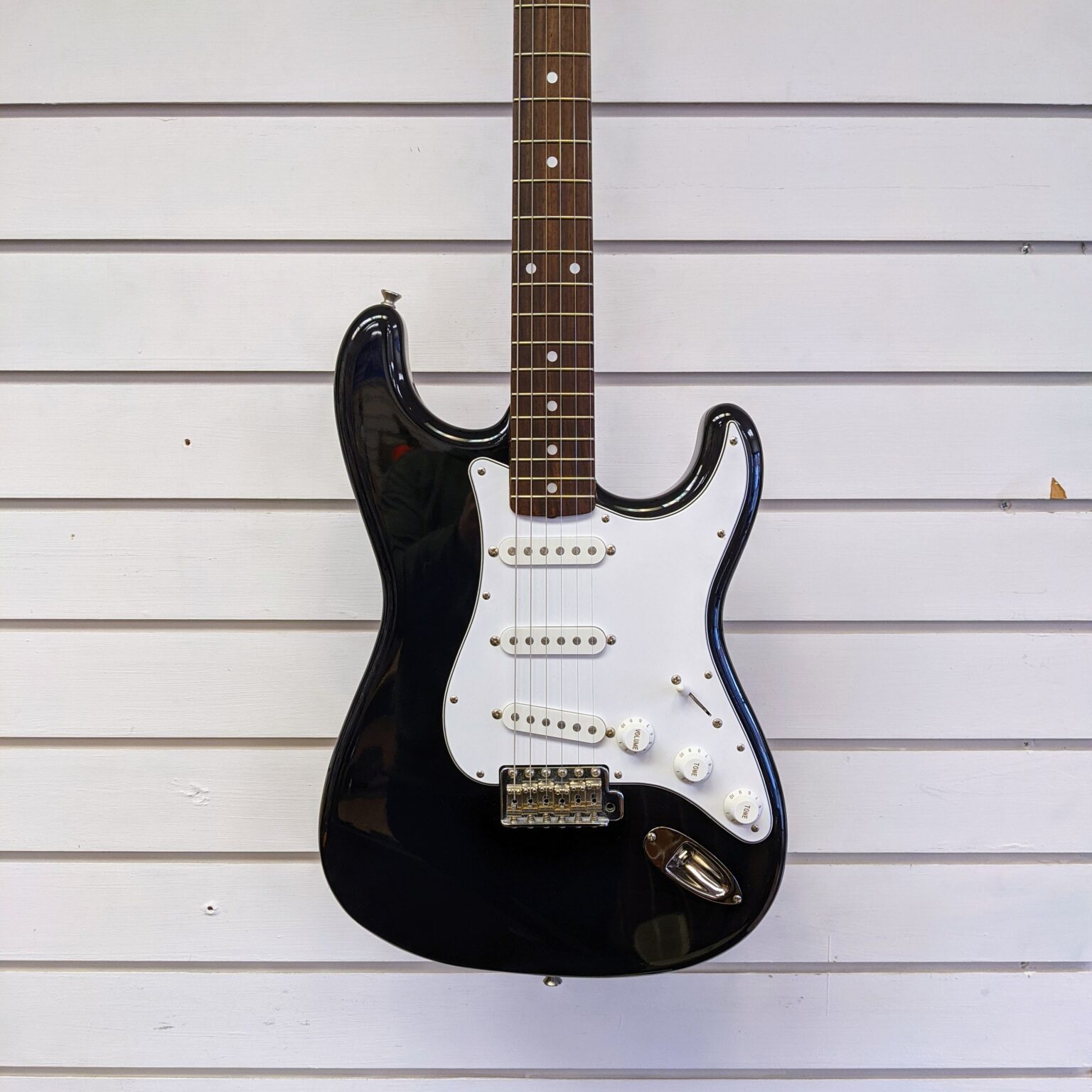

Most likely, they were working with whatever they had in inventory at the time.ĭespite these oddities, I bought this guitar because it had soul. However, the tuners and string trees on the guitar are contemporary to the 80s. For example, the white plastic pickguard is single-ply, and has 8-holes, which was standard in the 50s and early 60s. It also features various anachronisms, with parts mixed-and-matched from various time periods in the Stratocasters history.

It uses lower quality electronics, such as a plastic printed circuit board switch rather than a metal mechanical one. It has pickups with ceramic magnets in them, which are cheaper than the traditional AlNiCo (aluminum, nickel, cobalt) alloy. The guitar pictured was manufactured in 1987 at the legendary FujiGen Gakki, and has an “E” serial number. Subsequent generations of Japanese Squiers, however, would slowly start to fall victim to cost cutting as well.

Although these guitars were originally sold at a lower price point than their Fender counterparts, today, a Japanese Squier with a “JV” or “SQ” serial number (from the first few years of of production, up to 1984), can sell for about $1,000 to $1,500 about the same price as a new American model in 2018. In the first few years of production, the guitars were essentially clones of American Stratocasters – to the point where it was rumored that the factories actually shared a common inventory of parts. To fend off these copycats, Fender revived the Squier brand (originally a maker of guitar strings), and started producing their own guitars in Japan. counterparts or better, partly because Fender was struggling financially at the time and were engaging in highly unpopular cost-cutting measures such as removing the Stratocaster’s iconic jack plate. Ironically, these Japanese counterfeits were often as well made as their U.S. These were infamously known as “lawsuit guitars”, because of the resulting lawsuits from manufactures like Fender. In the late 70’s, many Japanese guitar makers started making knock-offs of popular guitar shapes, including the Stratocaster.

In the intervening years, the Stratocaster was used by greats such as Eric Clapton, Stevie Ray Vaughn, and the legendary Jimi Hendrix, among countless others. Produced by Fender since 1954, the Stratocaster has an illustrious history: Listen to guitar nerds talk about them long enough, and they’ll start to sound like they’re discussing wine – Stratocasters produced in 19, for example, are believed to be of an especially good vintage, and in 2018, can fetch anywhere between $20,000 to $30,000. Since then, thousands of iterations have appeared, with my favorite being the rocket-shaped Stratocaster. The electric guitar was invented in 1931 by George Beauchamp.


 0 kommentar(er)
0 kommentar(er)
